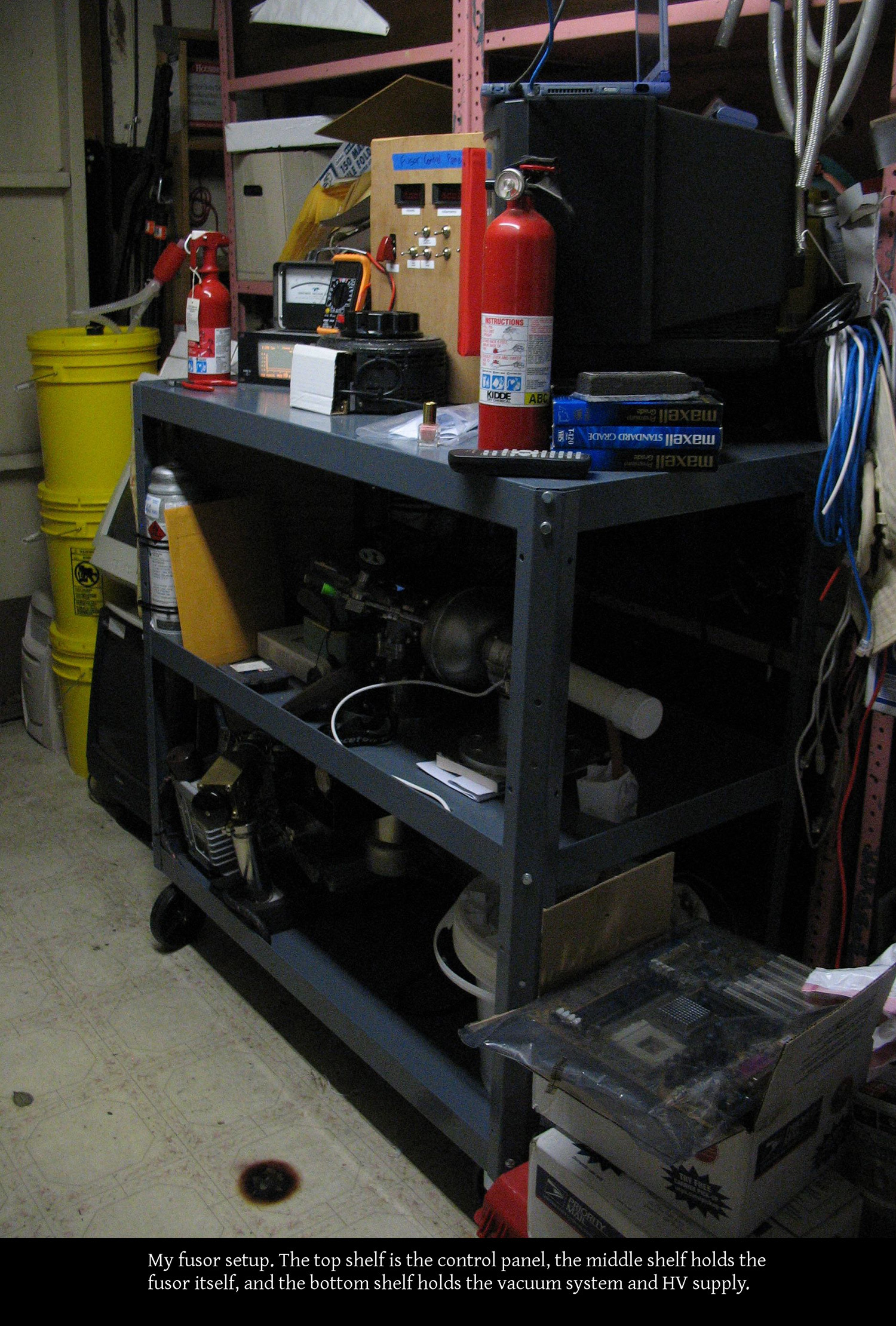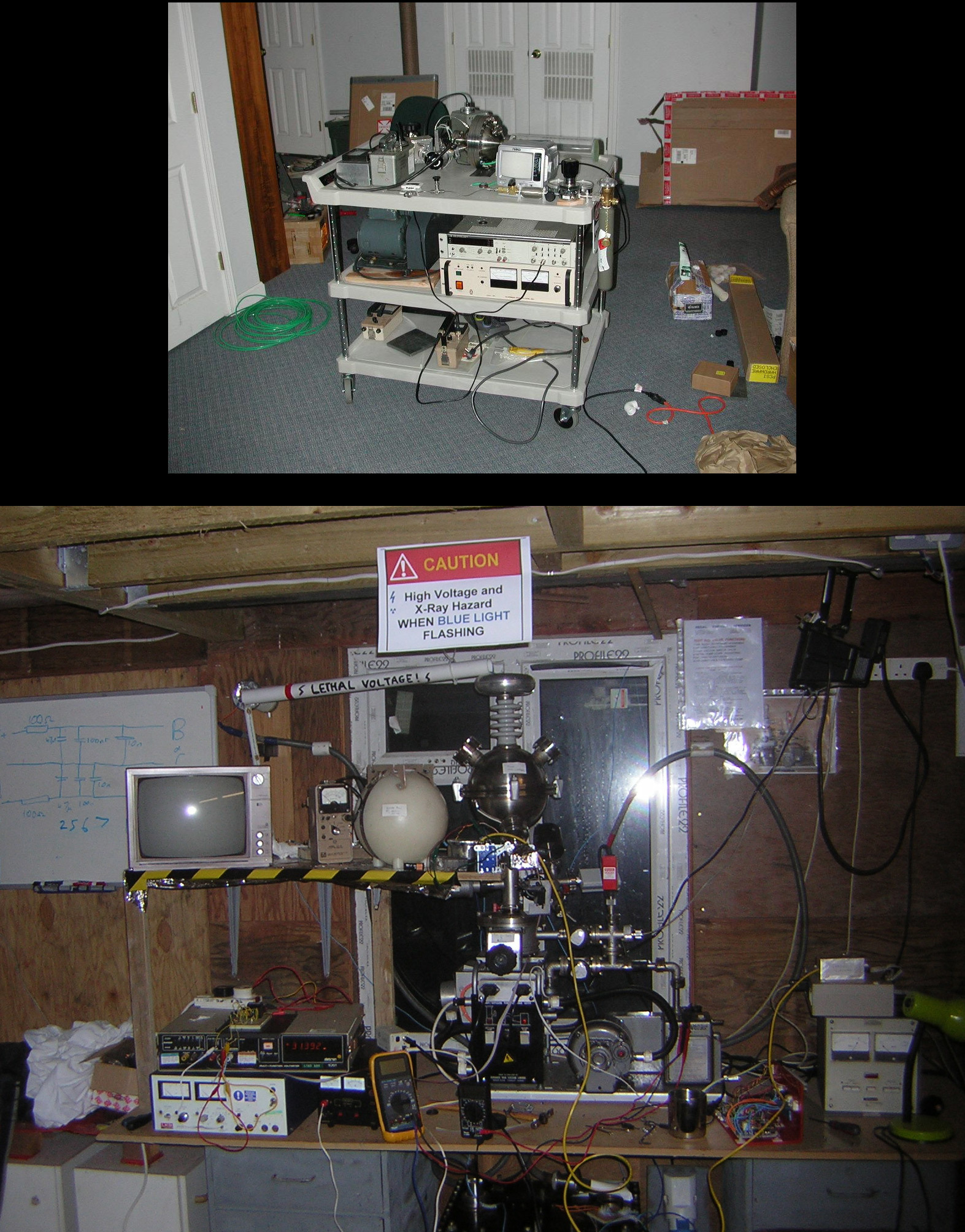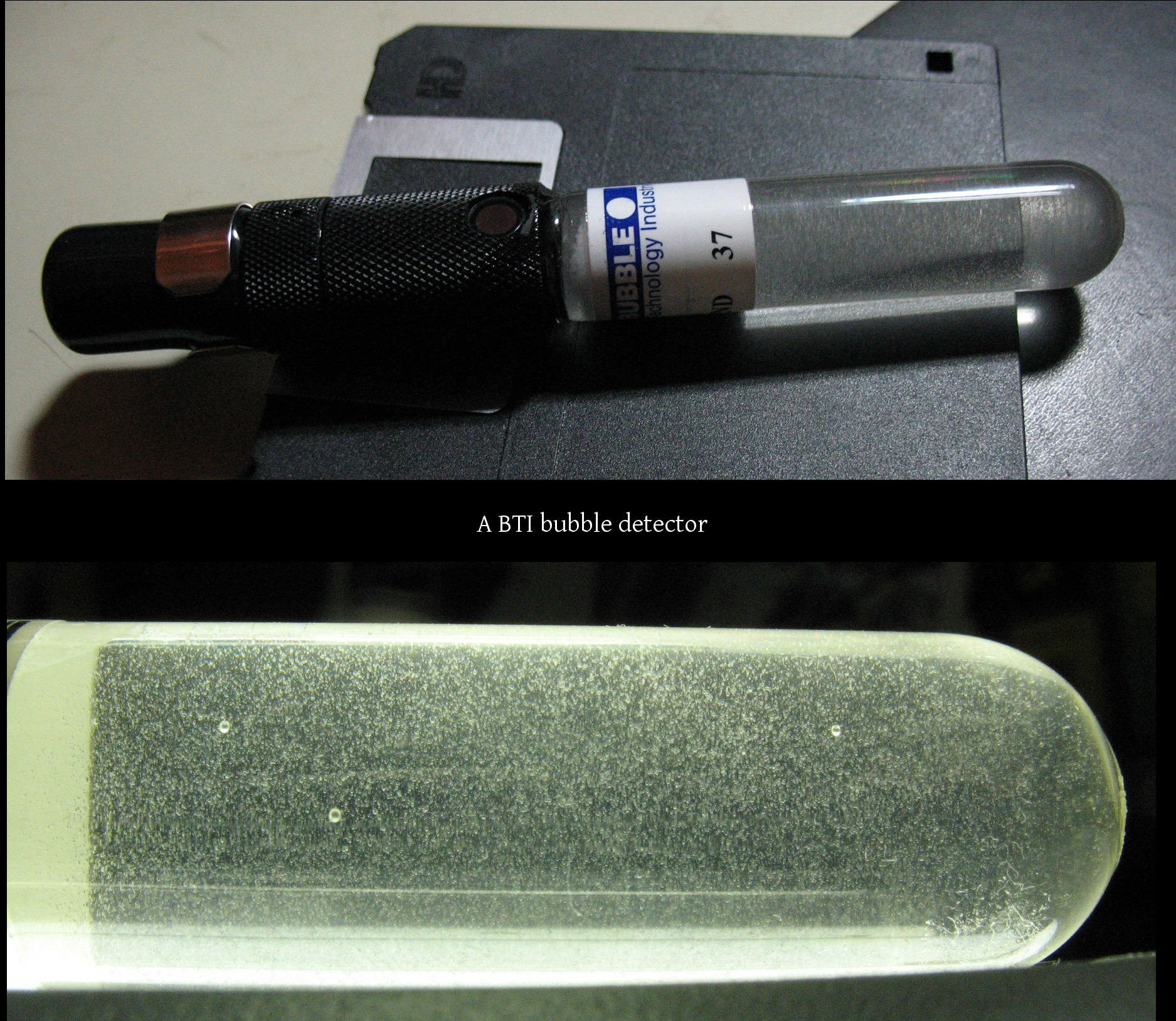High school students assembled a fusion reactor in the garage and set up experiments

Homemade fusor
It happens that school physics lessons are boring, I want serious experiments, and not to set fire to alcohol in a test tube. Why not collect someone else's fusion reactor? This is what schoolchildren have done in the town of Federal Way, Washington. As it turned out, the assembly of Fuzor Farnsworth is a force even for an amateur.
Every Friday, about 20 enthusiasts gather in the basement of a modest house in Federal Way and set up various experiments. This club of extreme science is the idea of Carl Gröninger (Carl Greninger), Microsoft program manager (during the day) and enthusiast scientist (in the evening). He is worried about the current school system, which does not allow children to know the real pleasure of experimental discoveries.
This is how Extreme Science Club appeared . In recent years, they have managed to win several awards at regional scientific competitions, take 4th place at the ISEF world competition, and also receive more than $ 250,000 scholarships to train club members in colleges.
')
At the moment, the guys are exploring elastic collisions in plasma physics and doing calculations of the boron flux in nuclear biochemistry, the official website says.
Fusor Farnsworth – Hirsch is a small fusion reactor designed by the American inventors Philo Taylor Farnsworth and Robert Hirsch in 1964. Since then, several variants of the fuser have been manufactured, but this type of reactor cannot come close to the Lawson criterion, so a commercial reactor of a different type, the tokamak, is suitable.
In the fusor, deuterium is fed under low pressure into the spherical chamber of the reactor.

Spherical reactor chamber
The center grate in the chamber is under very high negative voltage, and the chamber is grounded. As a result, electrons detach from hydrogen atoms, and the chamber is filled with positively charged deuterons. These nuclei at high speeds rush into the central lattice of the reactor, some fly through it and collide in the center. All the missing deuterons, ideally, will then fly back and also collide with each other. In amateur fusors, the central lattice usually has a diameter of 3-5 cm, and the chamber may be a sphere with a diameter of 20 cm.
This is what a “garage fusor” looks like with a control panel on the upper shelf and a vacuum system and a voltage source on the lower shelf.

Some other amateur fuzors.


Fuzor schoolchildren in Federal Way
Parts for the vacuum system and voltage source were mined on eBay and from university warehouses. Sometimes there you can buy a lot of parts for a hundred bucks for each, which you then resell on the same eBay for a thousand.
Deuterium cylinders are easy to obtain from commercial firms.
The neutron detector of our fuser is sold in the Canadian company BTI (bubble neutron detector).

On the forums on fuzors will give a lot of advice on where and what to buy.
Probably, such installations can be assembled in practical classes and in local schools.
Source: https://habr.com/ru/post/392823/
All Articles